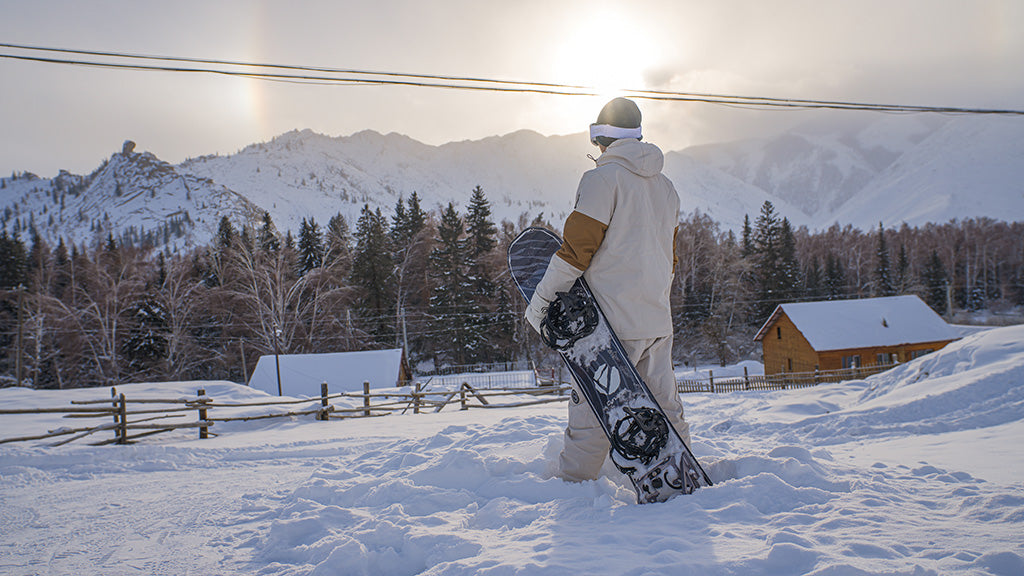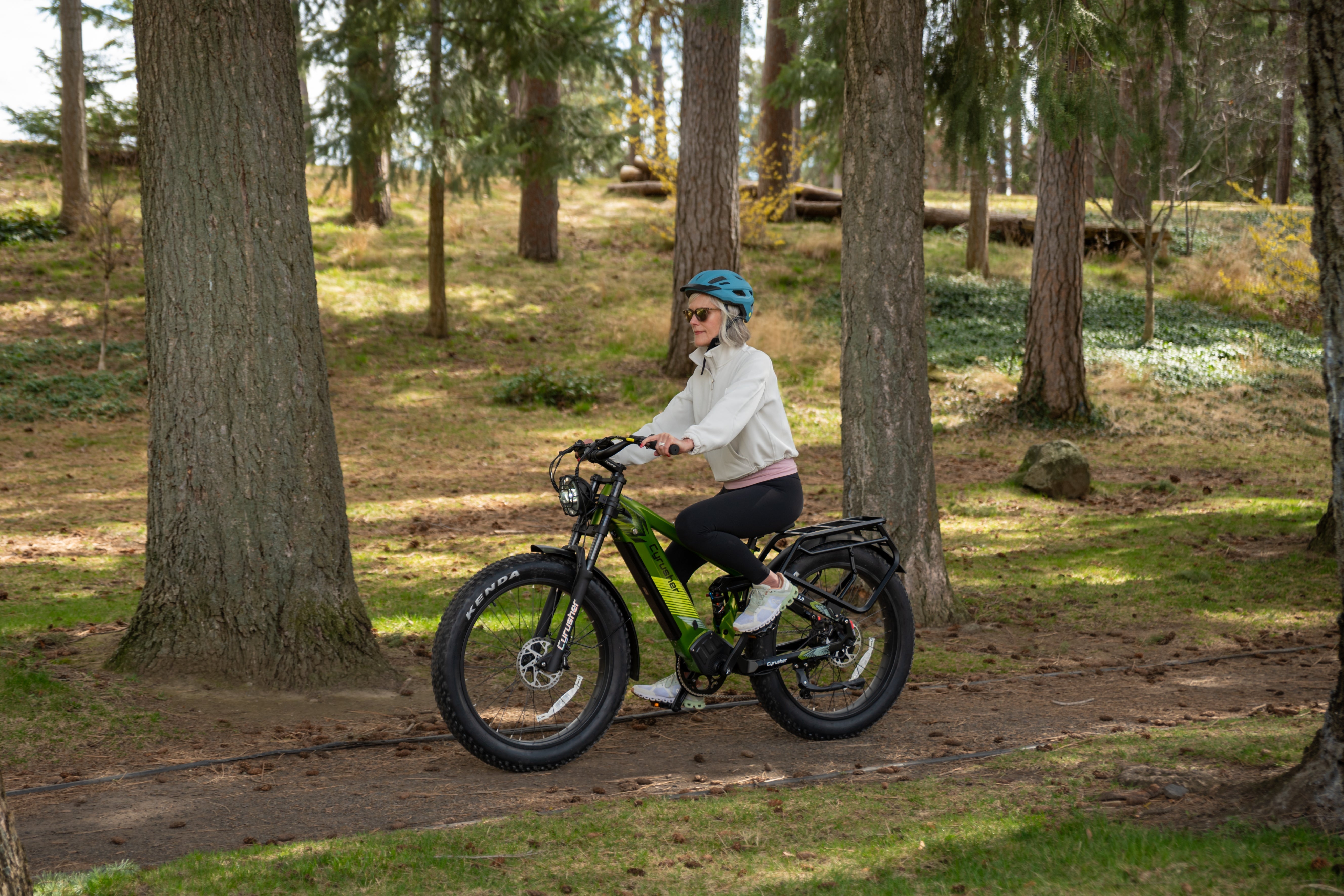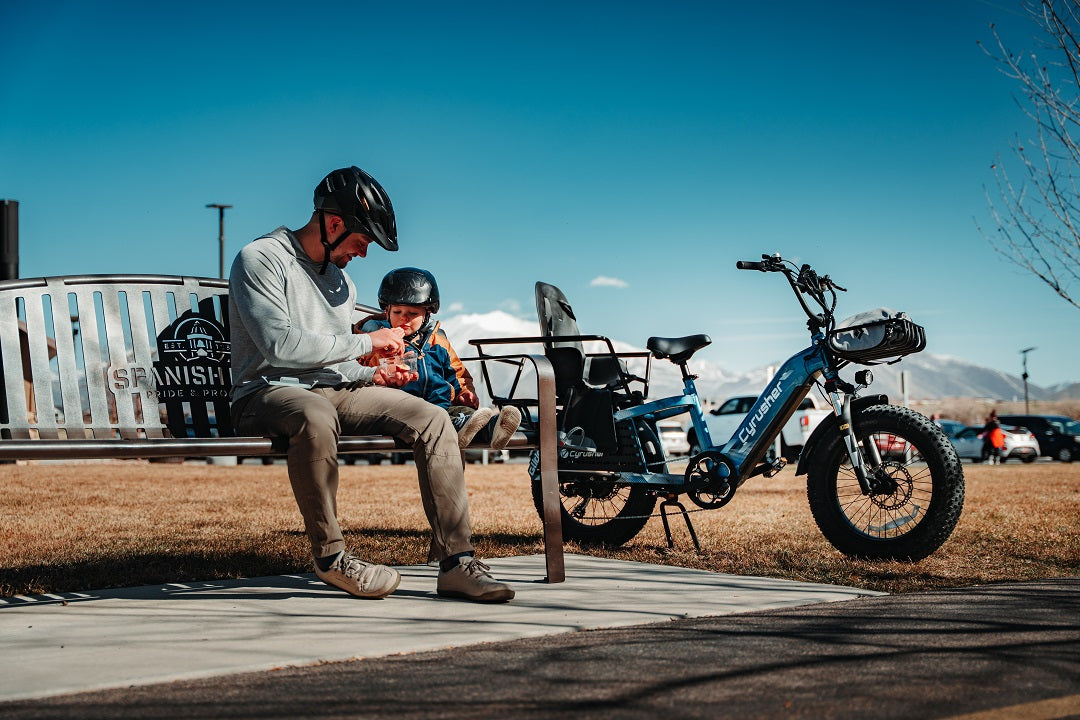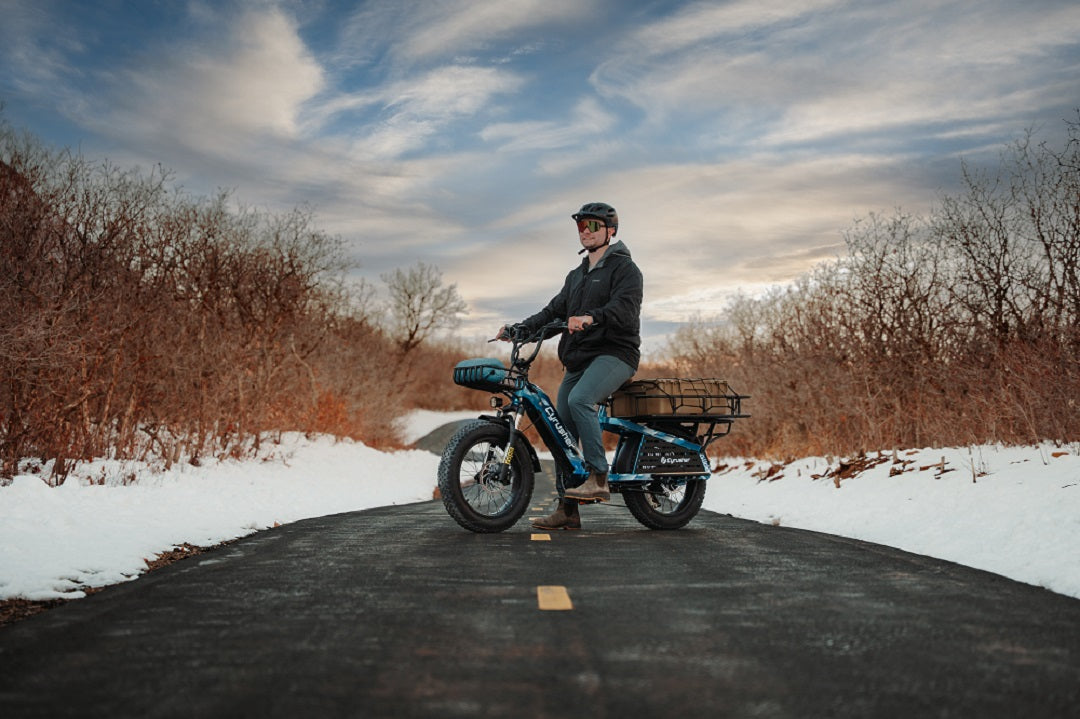Snowboarding, a highly favored outdoor activity in the winter season, delivers thrilling adventure and excitement while carrying inherent risks due to its extreme nature. Equipping oneself with the right accessories not only enhances the enjoyment of snowboarding but also mitigates potential risks. This article presents a comprehensive list of essential accessories crucial for a fulfilling and safer snowboarding experience. This will enable riders to embrace the slopes and their utmost potential.
Must have snowboard accessories
Wearing suitable accessories can increase the time snowboarders are able to spend on the slopes, making the skiing experience safer and more enjoyable. The following accessories are suggested for safety, comfort and style, all of which can greatly enhance a rider’s snowboarding experience.
Helmet
A helmet is a critical accessory for many outdoor sports. Protecting the head, which is a vital part of the body, is paramount. Investing in a properly certified snowboard helmet significantly improves snowboarding safety. Helmets are indispensable in snowboarding because they not only mitigate head injuries but also provide insulation for the skier's head. Many helmets come with adjustable vents, allowing temperature regulation for greater comfort throughout the snowboarding adventure.

Goggles
High-quality goggles are an indispensable accessory for snowboarding. Weather conditions during snowboarding can expose the eyes to snow, strong winds and extremely low temperatures for extended periods, potentially impacting a snowboarder's vision and judgment. In turn, this could lead to unsafe snowboarding behaviors. Goggles serve to shield the snowboarder's eyes from snow, wind and harmful UV rays. They effectively improve the field of vision, enabling more precise and steady control of snowboarding direction. Opting for goggles with anti-fog features and interchangeable lenses is recommended to accommodate varying light conditions.
Gloves/ mittens
Besides the eyes, hands are also exposed during snowboarding. To safeguard against damage due to extreme cold and keep your hands warm, wear gloves. Gloves that are specifically designed for snowboarding typically provide waterproofing, insulation and a good degree of dexterity. Additionally, some gloves have extra features like wrist guards for added protection.
Neck gaiters/masks
Neck or face masks play a vital role in protecting snowboarders from harsh weather conditions. They function as a barrier against freezing temperatures and biting winds, safeguarding the face and neck from potential frostbite or windburn. In addition, certain masks are designed with UV protection that shields the skin from harmful sun exposure at high altitudes. These masks come in various materials and styles while offering breathability, moisture-wicking properties and warmth retention.
Bottom clothing
Snowboarding is similar to many other sports in that prolonged physical activity causes your body to perspire and moisten your base layer of clothing. Failing to change this damp clothing promptly in cold temperatures can lead to potential illness or catching a cold. Hence, select a moisture-wicking base layer to keep your body dry and maintain an optimal body temperature. When choosing, prioritize materials like merino wool or synthetics that effectively absorb sweat while providing warmth.
Socks
Specialized snowboarding socks are an important accessory. Unlike standard socks, these longer variants play a key role in preventing blisters, offering cushioning and maintaining warmth, especially when snowboarding boots continuously rub against your calves during extended periods. This significantly improves the overall snowboarding experience. When selecting snowboard socks, steer clear of cotton fabrics and look for moisture-wicking breathable materials to ensure comfort and performance.
Boots
Snowboard boots have a pivotal role in optimizing snowboarding performance, and achieving a proper fit is crucial for both comfort and control. When selecting snowboard boots, consider ankle support and compatibility with bindings and make sure they support adequate circulation. The flexibility or stiffness of snowboard boots impacts maneuverability, stability and responsiveness, making it vital to choose a pair that aligns with the rider's snowboarding style for optimal performance.
Bindings
Snowboard bindings are a critical link between the board and boots, significantly impacting a rider's snowboarding experience. The right bindings enhance gliding, adjust to diverse terrains and accommodate various riding styles. They are essential equipment for snowboarding enthusiasts. Choosing bindings that align with individual riding preferences becomes paramount for the best snowboarding adventure.

Protective equipment
Whether you are new to snowboarding or planning ventures into challenging terrain, investing in essential protective gear ─ like wrist guards, knee pads and impact shorts ─ is invaluable. Wrist guards offer vital support, minimizing wrist injuries during falls, while knee pads act as a shield against impacts, reducing the risk of knee injuries or bruises. Impact shorts provide cushioning for the hips, tailbone and thighs, absorbing the force of falls. Ensuring a proper fit with this gear is pivotal; it optimizes protection, ensuring both safety and comfort.
Tool kit
For independent snowboarders venturing into remote terrain, carrying a compact tool kit is crucial for on the go adjustments or repairs to bindings or equipment. A multi-tool can be a handy solution, including essential tools like screwdrivers, wrenches and assorted tightening screws tailored to various needs. Additionally, having a portable repair kit ensures uninterrupted snowboarding experiences. It allows riders to address any equipment issues swiftly and continue enjoying their time on the slopes with minimal disruption.
Backpack
A durable and comfortable backpack simplifies the task of carrying essentials such as water, snacks, spare gloves and goggles. Purchase a backpack equipped with shoulder straps designed for carrying snowboards during hikes. Assess your needs concerning gear, snacks, safety equipment and other items to select an appropriate-sized backpack. Look for adjustable shoulder straps and a padded back panel to ensure comfort and that weight is well-distributed. Choosing a backpack made of waterproof material helps shield the contents from bad weather conditions.
Essential accessory for electric snowboard: the battery
For snowboarders using electric snowboards, having an extra battery is essential. Carrying it in a backpack protects it from cold temperatures, ensuring consistent and reliable performance during the snowboarding session.
Backcountry riding essentials: avalanche safety gear (backcountry riding)
For individuals exploring remote or off-piste areas, having avalanche safety gear such as transceivers, probes and shovels, along with adequate training in their usage, is imperative.
Exploring off-piste or remote areas during snowboarding offers an exhilarating experience but demands thorough preparation and expertise. Here are fundamental guidelines for safely navigating backcountry terrain:
- Gain knowledge and training:
- Enroll in an avalanche safety course to understand snowpack, assess terrain and master rescue techniques.
- Familiarize yourself with the operation of avalanche safety gear like transceivers, probes and shovels. Regular practice is key to maintaining proficiency.
- Monitor avalanche forecasts and conditions:
- Prior to heading to remote locations, consistently check local avalanche forecasts and current snow conditions.
- Stay informed about recent weather patterns, snowfall, wind shifts and temperature variations that could impact avalanche risks.
- Journey with an experienced partner:
- Travel with an experienced companion well-versed in the area's terrain and equipped with avalanche training.
- Establish clear communication and agree upon a plan for meeting points, signals and emergency procedures.
- Ensure essential safety gear:
- When exploring avalanche-prone regions, consistently carry essential gear such as beacons, probes, shovels and, preferably, airbag backpacks.
- In group expeditions, verify that all members have the required equipment and are proficient in its usage.

- Have terrain and route awareness:
- Review topographic maps and acquaint yourself with the terrain, noting potential dangers like cliffs, tree wells or crevices.
- Recognize safety zones, escape routes and probable avalanche paths to mitigate risks.
- Implement safe riding practices:
- Ensure adequate spacing between snowboarders to prevent multiple individuals from being caught in an avalanche.
- Decrease exposure by having individuals ascend and descend avalanche-prone areas one at a time, minimizing risk.
- Stay attentive and vigilant:
- Continuously evaluate snow conditions and promptly react upon encountering indicators of instability, like recent avalanches, crevasses or unusual sounds.
- Be ready to adjust plans or retreat if conditions worsen or risks escalate.
- Foster communication and connection:
- Utilize radios or cell phones to maintain group communication, but prioritize non-electronic means in case of battery depletion or signal loss.
- Establish unequivocal signals and mutual understanding among group members regarding intentions and decisions.
- Be ready for emergencies:
- Carry a comprehensive first aid kit and know about basic medical care.
- In the event of an avalanche, adeptly use a transceiver for efficient searching, detection and rescue of buried companions.
- Show reverence to nature and use common sense:
- Reduce environmental impact by adhering to designated exit routes and steering clear of sensitive ecosystems.
- Exit off-piste areas before sunset to evade potential challenges posed by diminished visibility or shifting weather conditions.
Keep in mind that cross-country snowboarding demands a heightened level of caution, preparedness and responsibility. Prioritizing safety is critical, as is consistently seeking more education and information. Never underestimate the risks linked with backcountry riding.
Conclusion
Choosing the right snowboard accessories can significantly enrich the snowboarding experience, amplifying comfort, safety and the overall enjoyment of riding the slopes. It's important to prioritize quality and functionality when selecting your gear, ensuring it aligns with your unique snowboarding style and preferences. By emphasizing safety and comfort, you pave the way for an exhilarating time on the snowboard. Make safety a priority and relish every moment of the snowboarding adventure with confidence!










Share:
How to Choose Snowboard Bindings
How to Choose Your First Snowboard